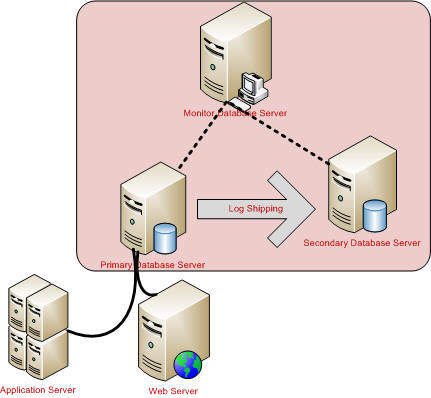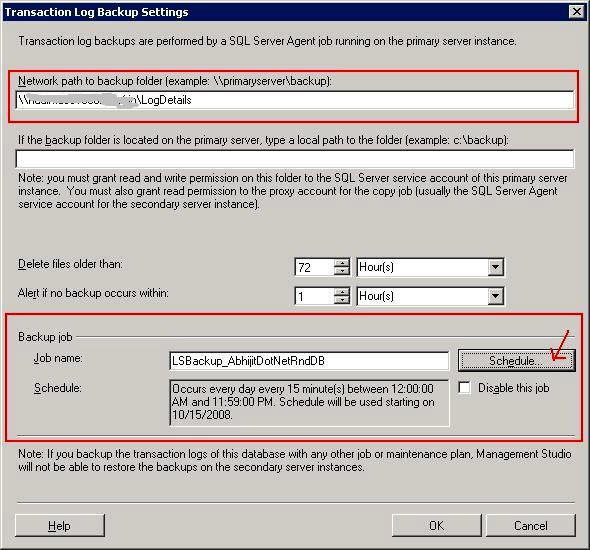Table of Contents
- Introduction
- What is Log Shipping?
- Component of Log Shipping
- Log Shipping Prerequisites
- SQL Server 2005 Version that Supports Log Shipping
Introduction
For distributed database application environment, it is always required to synchronize different database servers, back up, copy Transaction Logs, etc. If we are going to implement using application we have to put lots of efforts to build up the application. SQL Server 2005 provides an advanced feature called Log Shipping. Log shipping is an Automated Process for backing up, restoring, copying the transaction logs and synchronizing the database for distributed database server application which can improve the application performance and availability of database. In my recent project, I have done some short of experiment on it. I am going to explain it in this article.
What is Log Shipping?
Log Shipping is used to synchronize the Distributed Database Server. Synchronize the database by copying Transaction logs, Backing up, Restoring data. SQL Server used SQL Server Job Agents for making those processes automatic. Log Shipping does not involve automatic transfer of server if there is any failure. This means it has just synchronized the databases but if the primary server fails, it will not redirect your application to a secondary server. This has to be done manually.
The main functions of Log Shipping are as follows:
- Backing up the transaction log of the primary database
- Copying the transaction log backup to each secondary server
- Restoring the transaction log backup on the secondary database
Components of Log Shipping
For implementing Log Shipping, we need the following components - Primary Database Server, Secondary DatabaseServer, and Monitor Server.
- Primary Database Server: Primary Sever is the Main Database Server or SQL Server Database Engine , which is being accessed by the application. Primary Server contains the Primary Database or Master Database.
- Secondary Database Server: Secondary Database Server is a SQL Server Database Engine or a differentServer that contains the backup of primary database. We can have multiple secondary severs based on business requirements.
- Monitor Server: Monitor Server is a SQL Server Database Engine which Track the Log Shipping process.

Figure 1: Log Shipping Database Server Configuration
We can have different SQL Servers for each of these servers or we can use a single server for these three. In my example, I have used a single server for these three.
You can start Log Shipping by Right Click on Database >Properties >Transaction Log Shipping > Select Check Box, and Configure your settings.
Figure 2: Enable Log Shipping
Use the following settings for more configurations:

Figure 3: Transaction Log Backup Settings for Primary ServerConfigure Secondary Server:
Figure 4: Settings for Secondary Server
Log Shipping Prerequisites
- Must have at least two Database Servers or two SQL Server 2005 Database Engines.
- Configuration user should have Admin privilege on that server
- SQL Server Agent Service Configured properly
- Configuration mode of Primary database should be a Full or Bulk Logged recovery model.
- Shared folder for copying the transaction logs.
SQL Server 2005 Version that Supports Log Shipping
| SQL Server 2005 Version | Available |
| SQL Server 2005 Enterprise Edition | Yes |
| SQL Server 2005 Workgroup Edition | Yes |
| SQL Server 2000 Standard Edition | Yes |
| SQL Server 2005 Developer Edition | Yes |
| SQL Server 2005 Express Edition |

No comments:
Post a Comment